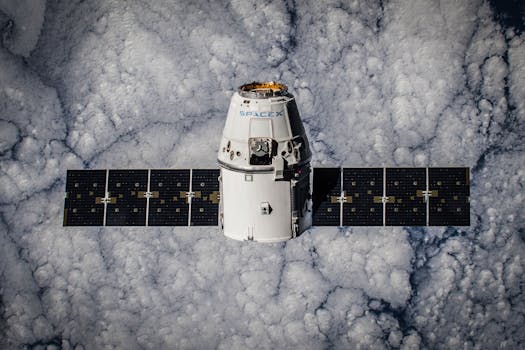Breaking Barriers: How Recent Developments are Transforming Satellite Communication

Breaking Barriers: How Recent Developments are Transforming Satellite Communication. The world of satellite communication is undergoing a significant transformation, driven by recent developments and innovations. These advancements are breaking barriers and opening up new opportunities for the industry, enabling faster, more reliable, and more accessible communication services. In this article, we will explore the recent developments that are transforming satellite communication and what they mean for the future of the industry.
Satellite communication has come a long way since its inception, with significant advancements in technology and infrastructure. One of the major breakthroughs in recent years is the development of high-throughput satellites (HTS). These satellites offer significantly higher bandwidth and faster data transfer rates, making them ideal for applications such as broadband internet, video streaming, and remote sensing. HTS has enabled the widespread adoption of satellite communication for consumer and enterprise applications, including connectivity in remote and underserved areas.
Another significant development in satellite communication is the emergence of low-Earth orbit (LEO) constellations. LEO constellations consist of a large number of small satellites that orbit the Earth at an altitude of around 500-800 km. These constellations offer several advantages, including lower latency, higher bandwidth, and improved coverage. Companies such as SpaceX, OneWeb, and Amazon Kuiper Systems are actively developing LEO constellations, which are expected to play a major role in the future of satellite communication.
The development of phased array antennas is another significant advancement in satellite communication. Phased array antennas use a large number of small antennas that work together to form a single, high-gain antenna. These antennas offer improved performance, increased flexibility, and reduced size and weight. Phased array antennas are particularly useful for applications such as satellite-based earth observation and communication on-the-move.
In addition to these technological advancements, there are also significant developments in the regulatory and policy framework for satellite communication. The Federal Communications Commission (FCC) has implemented several initiatives aimed at promoting the development and deployment of satellite communication systems. These initiatives include the adoption of new spectrum allocation policies, the streamlining of licensing procedures, and the encouragement of innovation and investment in the industry.
Furthermore, the development of satellite-based internet of things (IoT) is another area that is gaining significant attention. Satellite-based IoT enables the connection of devices and sensors in remote and underserved areas, opening up new opportunities for applications such as smart agriculture, smart cities, and industrial automation. Satellite-based IoT also offers improved security, reliability, and scalability, making it an attractive option for industries that require critical communication services.
In conclusion, recent developments in satellite communication are breaking barriers and transforming the industry. The emergence of high-throughput satellites, low-Earth orbit constellations, phased array antennas, and satellite-based IoT are just a few examples of the many advancements that are shaping the future of satellite communication. As the industry continues to evolve, we can expect to see even more innovative solutions and applications that will further transform the world of satellite communication.




